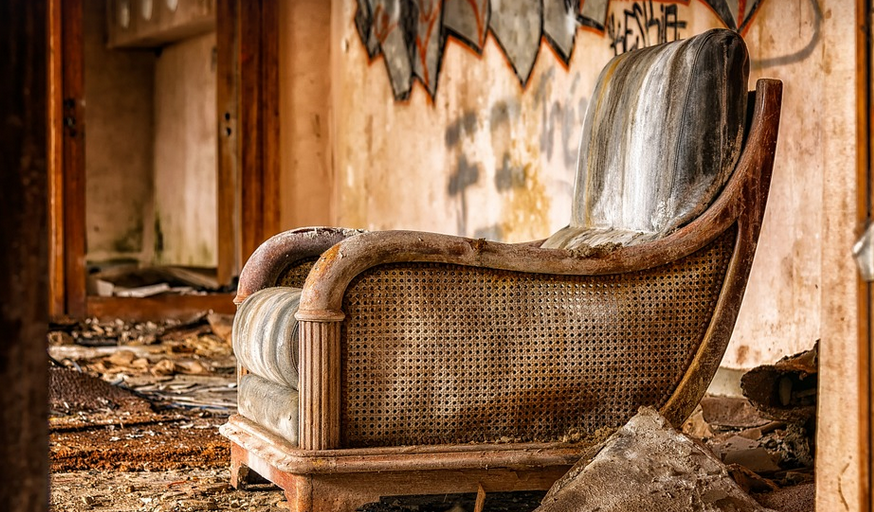Why You See Them, and What to Expect
Okay, so you’re looking at pictures of dental bone grafts that haven’t quite gone as planned. It’s not exactly a pretty sight, is it? Those images can be frustrating – we get it. Seeing your health, especially around your mouth, in question raises questions and anxieties. You might wonder: “What went wrong?” or “How long will this take to heal?”
The truth is that bone graft healing isn’t always a smooth process, even for the most experienced dentists. There are various factors that can affect your bone graft success – some more obvious than others. Before diving into those pictures you see online, let’s break down why these grafts sometimes fail to heal as expected and what they might look like.
The “Failed” Picture-Tellin’ of Bone Grafts
To understand the picture-telling of bone graft healing, we need to talk about a few key elements:
- Bone Structure: The first and most important element is the overall bone structure of your jaw. It’s like a puzzle; healthy bone density is critical for proper bone grafting success.
- Tissue Compatibility: Imagine lining up two pieces of wood, they’re just not going to fit together perfectly without some planning. Tissues surrounding the graft site have to be compatible with the grafted material. Think of it like fitting a puzzle piece – matching the shapes and sizes of tissues is crucial for healing.
- Blood Supply: Your bone graft needs healthy blood vessels to ensure proper nutrition and growth! A lack of healthy blood supply can hinder the process, leading to delayed or even failed healing. Think about it like feeding a plant – without water and nutrients, it won’t grow strong.
- Healing Time: Just like any other injury, bone graft healing takes time. It involves cell migration into the graft site, creating new tissue around the area, and eventually integrating with existing bone structure – all of which take some time to complete
Why Bone Grafts Sometimes Fail
Now, back to those “failed” pictures you see online. Why do they happen? It’s a combination of factors that can affect the healing process:
1. **Poorly Prepared GRAFT SITE:** Imagine trying to build a house on unlevel ground – it will never work! A healthy bone graft requires a clean and prepared site for optimal recovery. This means removing infected tissue, cleaning the area, and ensuring proper blood flow.
2. **Unfavorable Tissue Compatibility:** Just like two puzzle pieces that don’t fit together, this can happen when tissues surrounding the graft are incompatible with the grafted material. For example, if there’s a bacterial infection or severe bone resorption, it might hinder the healing process.
3. **Insufficient Blood Supply:** Like a plant needing water to thrive, your bone requires proper blood supply for nourishment and growth! When there isn’t enough blood flow, the graft tissue can’t get the nutrients it needs to heal properly.
4. **Infection:** A simple cut can become infected – even if you haven’t had a major surgery in your life. A bone graft is no different! Bacteria can enter the site and interfere with the healing process.
Pictures Tell a Story (But So Do Our Dentists)
So, what does seeing “failed” pictures of bone grafts tell us? It means that something didn’t go as smoothly as we hoped. There are a few things to consider:
- It’s not always clear from the picture alone: The pictures might show you a glimpse of what happened, but there could be more to understand about the bone’s structure and how it responded to the graft.
- **Dentists are experts at identifying specific issues with the graft site:** A skilled dentist can notice things we might miss, like whether the implant has been placed correctly, if there’s any inflammation around the graft site, or if something else is hindering healing. They have years of experience and can tell you what’s going on.
What to Do If Your Bone Graft Isn’t Healing (And What You Can Expect)
So, you’ve seen pictures of bone grafting that didn’t go as planned. Let me assure you, this is not uncommon – and it doesn’t mean the end. There are several things that might be going on, and most of them are treatable. Remember, your dentist isn’t just a doctor who takes your teeth; they’re experts in understanding bone structure, tissue compatibility, blood flow, and how to support healing.
Here’s what you can expect if your bone graft fails to heal properly:
- Re-Evaluation: This is the first step! Your dentist will examine the site again and review all available information, including X-rays and lab results.
- Treatment Options: Depending on the cause of the failed healing, your dentist might recommend additional treatment options like bone grafting or soft tissue grafts. Your dentist will guide you through what’s best for your situation.
- **Long-Term Care:** Your dentist will also provide instructions for proper oral hygiene and care to promote optimal healing and minimize future complications.
It’s important to remember that there is always a solution, even if the bone graft didn’t heal as hoped. With your dentist’s guidance and support, you can work towards a successful outcome. Remember, this is about taking care of yourself and getting back to doing what you love!
## Looking Ahead: Your Dental Journey
The journey back to healthy teeth isn’t always easy, but it is always possible with the right guidance and dedication. Don’t be afraid to ask questions, express your concerns, and advocate for yourself! Your dentist is there to support you every step of the way.
—


